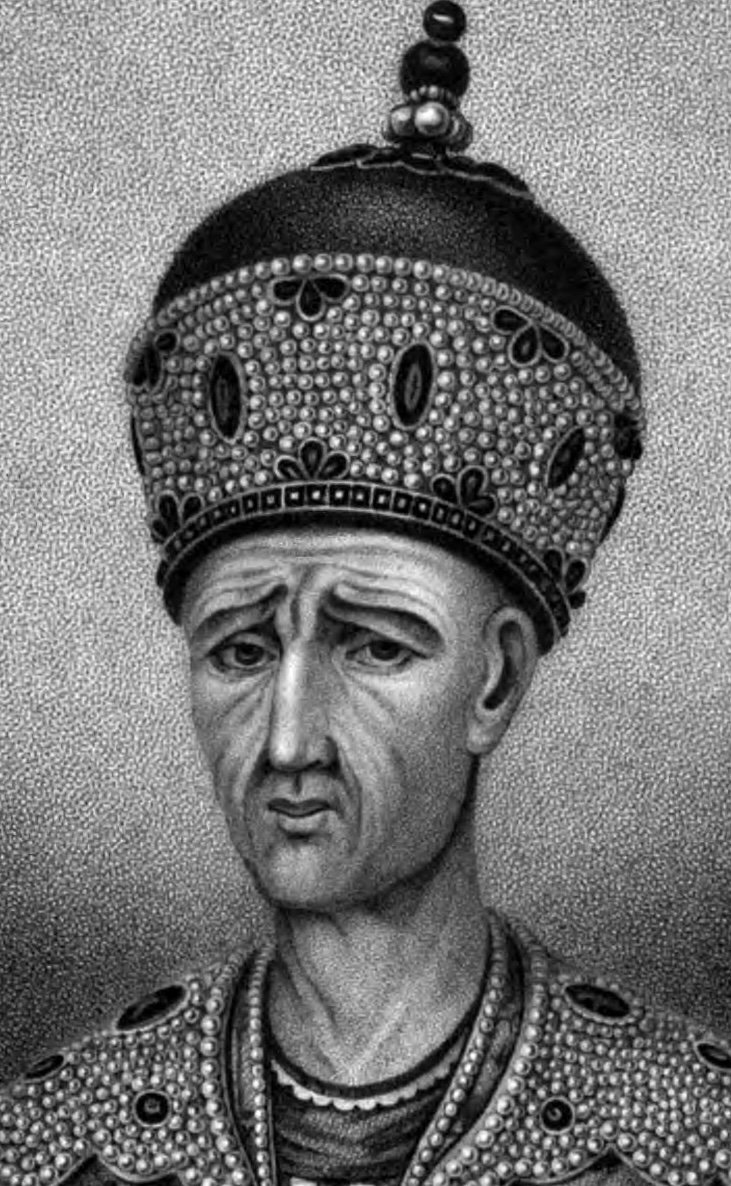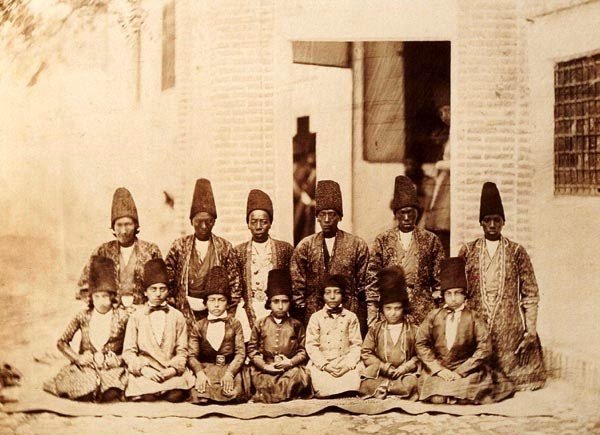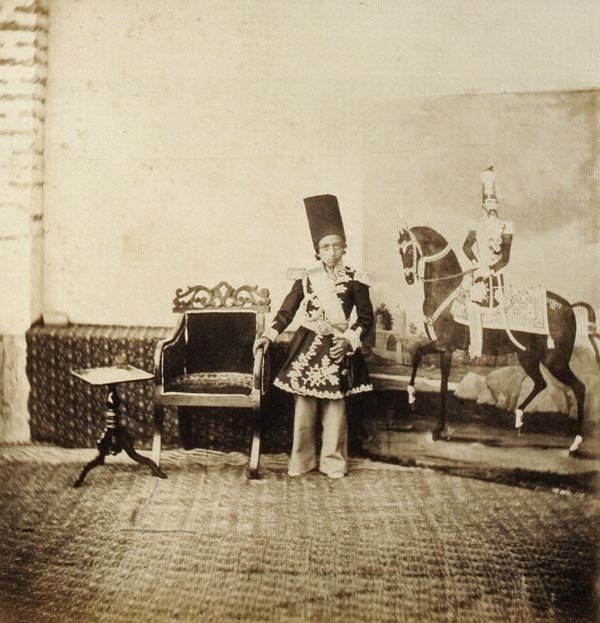
Agha Mohammad Khan, Founder of the Qajar Dynasty
The Qajar era in Iran, which lasted from 1794 to 1925, was a significant period in the country’s history. The Qajar state was established by the Qajars, with Tehran as its capital. This period was marked by important events such as the Treaty of Gulistan in 1813 and the Treaty of Turkmenchay in 1828, as well as the Constitutional Revolution in 1906. The Qajar state ended in 1925 with the establishment of the Pahlavi state by Reza Shah Pahlavi.
During the Qajar rule, Britain had significant control over the Iranian economy and held economic privileges such as railway lines. In 1908, a popular revolution erupted in Iran leading to significant political changes. By 1925, popular revolts and external pressures led to the collapse of the Qajar state, and Reza Khan Pahlavi took power.
Agha Mohammad Khan was the first ruler of the Qajars and was crowned in 1796. Under his leadership, Persia was unified, and the Qajar period saw growth in the arts and sciences and the introduction of Western education and technology. However, during this period, Iran lost much of its territories and regional influence due to British and Russian interventions.
This period in Iran’s history was crucial as it laid the groundwork for many of the political and social changes that later occurred in the country.
Here is a collection of photos of Iran during that period:

Royal Palace

The Fortress

Tehran Bazaar

Zanjan Square

Mosque Gate

The Gholams

Soldiers of That Era

The Governor

One of the Mosques

Vendors of That Era

The Prince

The Royal Throne

The Royal Palace in Tehran
Discover more from History in Pictures
Subscribe to get the latest posts sent to your email.